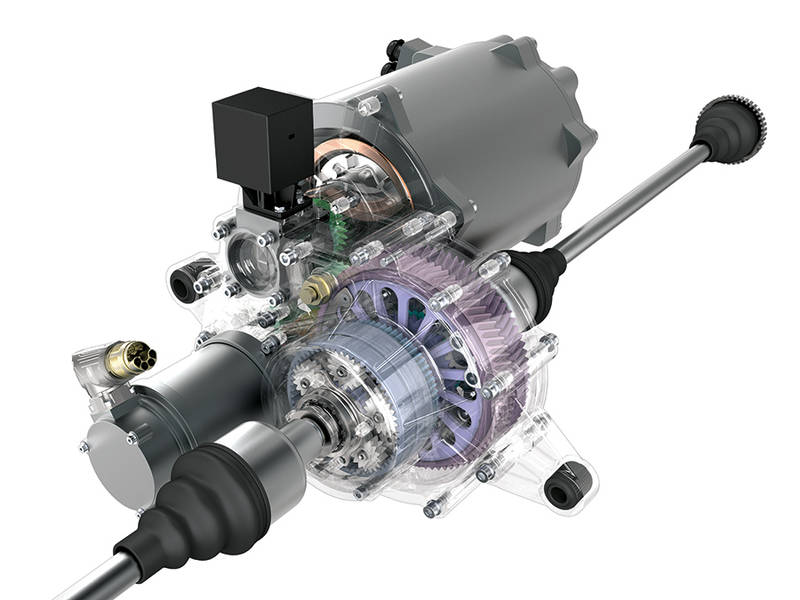Researchers at the Gear Research Center (FZG) of Technische Universitt München (TUM) in Germany have developed torque vectoring transmission that can be used in electric vehicles.

The light-weight torque vectoring transmission is designed to address the issue faced with driving range of electric vehicles supplied by the batteries.
The transmission is expected to recoup as much braking energy as possible.
FZG engineer Philipp Gwinner said: "While drive torque is normally distributed 50/50 to the wheels of the drive axle, our torque vectoring system doses the torque between the wheels as required."
"This also ensures particularly good drive dynamics."
"When a vehicle accelerates in a curve, greater torque is applied to the outside wheel. The car steers itself into the curve. The result: greater agility and, at the same time, safer road handling."
With the new transmission electric vehicles energy tapped from the wheel into electrical energy is used to recharge batteries, which helps extend the driving range of the vehicle.
FZG director Professor Karsten Stahl said, "The elegant thing about the torque vectoring transmission we have developed is that it not only has a higher recuperation level, and, with that, an increased driving range."
"The transmission also improves road handling dynamics, driving pleasure and safety. The continuously improving optimization measures leave us optimistic that in the near future both the weight and cost will be able to compete with today's standard differential transmissions."





